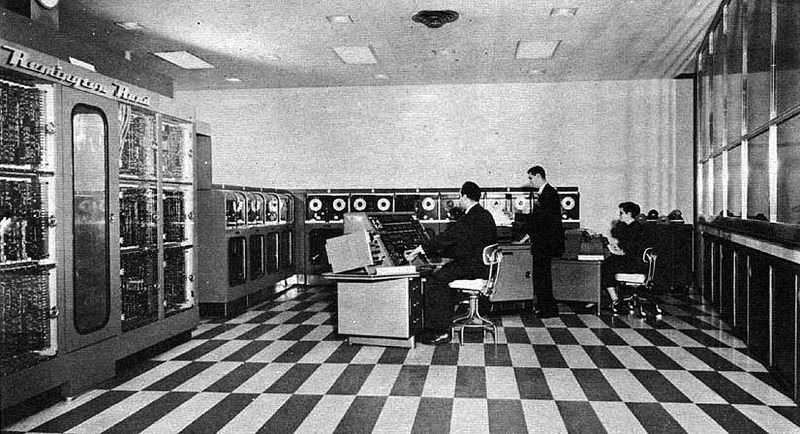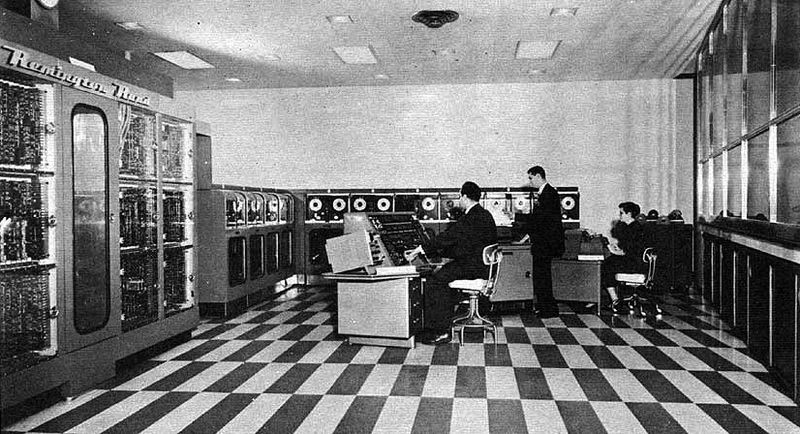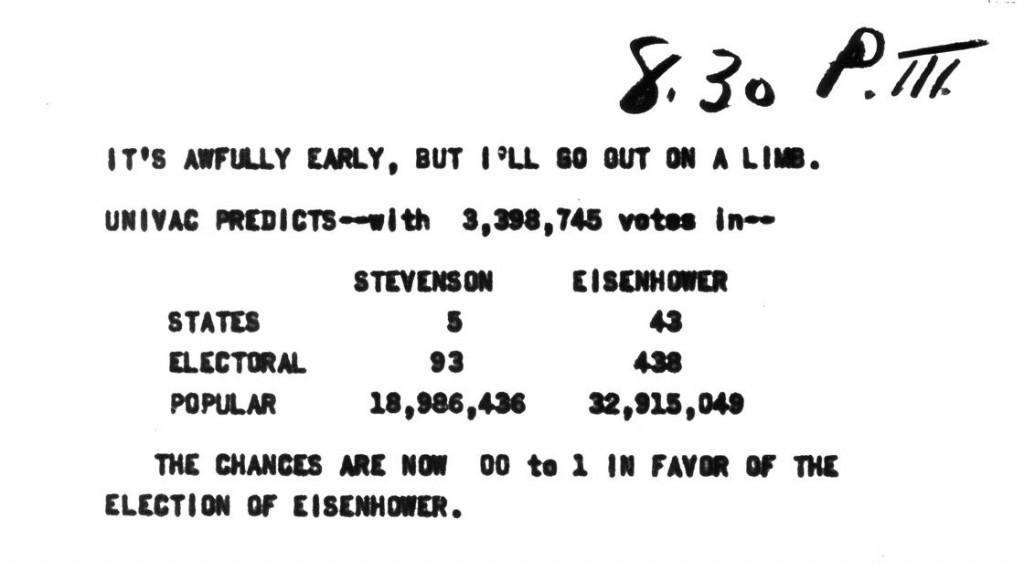- Posted Nov. 4, 2014, 9 a.m. - 10 years, 8 months ago
Anniversary of UNIVAC computer predicting the presidential election, 1952
On the 4th November 1952, a Remington Rand UNIAC computer was used by CBS News in America during its presidential election news night coverage.
Although these days we are used to graphics appearing on screen to predict results and fancy graphics showing what each county overall have voted for for instance, back in 1952 this was all new technology!
When the UNIVAC computer was set up and running, the analysis showed an early indication that Dwight D. Eisenhower would easily win the presidential race verses Adlai Stevenson.
Charles Collingwood, the CBS News reporter, who was assigned to the UNIVAC computer told the viewing audience at home that he was with ‘the face of a UNIVAC’ – this was true, as what he was sitting in front of in New York was just a mock-up of the real thing. The real deal UNIVAC computer, which nearly filled a whole room was actually over 100 miles away in Philadelphia safe in the hands of its developers with a film crew in tow.
For CBS News, the use of a computer in its election coverage was a gimmick, something that had never been done before but for the developers of the UNIVAC, Remington Rand, it was a huge gamble – one that if it all went wrong on the night, would have massive implications for the future of the company.
But, the news presenters at the time, Walter Cronkite and Charles Collingwood were a little apprehensive about the accuracy of the machines predicting abilities, especially as the opinion polls had predicted a huge, landslide win for Stevenson.
As such, it was decided by unanimous vote to delay announcing the UNIVAC computers prediction until it became clear a little later that Dwight D. Eisenhower would indeed win the presidential election.
And for Remington Rand, although there were a few early on hiccups, the faltering that happened early on in the night actually turned out to be a highly successful publicity triumph for the company, with some newspapers carrying headlines the follow morning like: “A machine makes a Monkey out of a Man!” And from that moment on, the UNIVAC computer became a cultural icon as well as a vital piece of the puzzle that is computing history.
Image credit: http://en.wikipedia.org/wiki/UNIVAC_I
Latest Articles
-
Our latest testimonial for Infix 6
Dec. 19, 2016, 2:40 p.m. -
Most commonly translated Turkish words
Feb. 6, 2015, 9 a.m. -
Merry Christmas & A Happy New Year
Dec. 25, 2016, 8 a.m. -
New Save PDF to SVG feature introduced to Spire.Office
Dec. 23, 2016, 11:54 a.m. -
Editing educational PDFs – a user perspective
July 21, 2014, 8:03 a.m.




